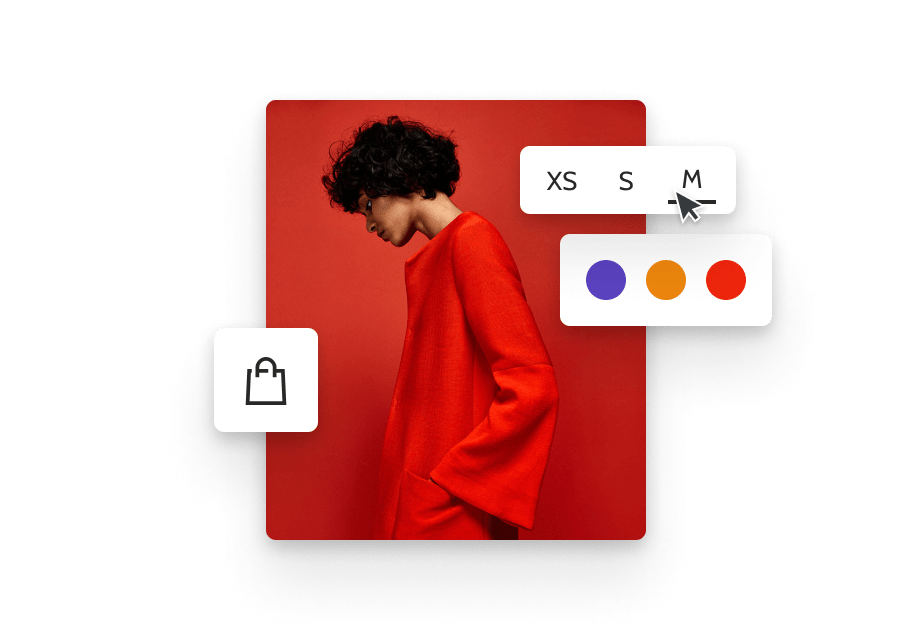In an age dominated by screens—whether for work, communication, entertainment, or information—many find it challenging to spend time away from digital devices. A digital detox, the intentional reduction of screen time to reconnect with offline activities, can provide numerous mental and physical benefits. Taking a break from screens allows individuals to reduce stress, improve sleep quality, and foster stronger personal connections. Here are effective strategies for a successful digital detox and tips to reconnect with the world outside of screens.
1. Set Screen Time Limits
One of the simplest steps in a digital detox is to establish boundaries around screen usage.
- Set Daily Screen Limits: Use apps or built-in screen time tools on your phone to set daily time limits for social media and other non-essential apps. This can help you stay aware of usage patterns and reduce unnecessary scrolling.
- Schedule ‘No-Screen’ Hours: Dedicate certain hours of your day as “no-screen” times, especially before bed. Limiting screen time during evenings can improve sleep quality, as studies show that blue light from screens can interfere with sleep patterns.
- Use ‘Focus’ or ‘Do Not Disturb’ Mode: Enable ‘Focus’ or ‘Do Not Disturb’ settings on your devices during work, family time, or personal relaxation to minimize notifications and reduce the impulse to check your phone.
Key Takeaway: Setting screen time boundaries helps you stay mindful of device usage, which is the first step in managing screen dependence.
2. Find Offline Hobbies and Activities
Engaging in offline activities and hobbies can shift focus away from digital devices and support mental well-being.
- Get Outdoors: Walking, hiking, or simply spending time in nature has been shown to improve mood and reduce stress. Plan outdoor activities that allow you to be fully present without screens.
- Read Physical Books: Replace e-books with printed books. Physical books provide a screen-free reading experience that reduces eye strain and can feel more immersive.
- Explore Creative Hobbies: Engaging in creative activities like painting, crafting, or cooking can be therapeutic and helps take your focus off screens. Joining a local class can also add a social element to your new hobby.
Key Takeaway: Offline hobbies provide a fulfilling alternative to digital activities, promoting relaxation and mental clarity.
3. Create Tech-Free Zones at Home
Designate specific areas in your home where screens are off-limits to encourage interaction and relaxation.
- No Screens in the Bedroom: Banning screens from the bedroom helps improve sleep quality and creates a restful environment.
- Tech-Free Mealtimes: Keep devices away during family meals or outings with friends. This fosters face-to-face communication and deeper connections.
- Set Up a Relaxation Space: Create a cozy nook in your home for reading, meditating, or relaxing, free from electronic devices. Decorate it with comfortable furniture, plants, and good lighting to make it an inviting space for screen-free time.
Key Takeaway: Tech-free zones encourage screen-free habits and offer a space to disconnect from digital distractions.
4. Practice Mindful Tech Use
A digital detox doesn’t mean avoiding technology entirely. Instead, practice mindful use of digital devices to stay in control.
- Be Selective About Apps and Notifications: Turn off unnecessary notifications and uninstall apps that don’t serve a meaningful purpose. Prioritize apps that help with productivity, creativity, or learning, and consider cutting down on social media.
- Batch Your Notifications: Many devices allow you to schedule notification summaries. Group notifications to arrive only a few times a day, reducing the compulsion to check your phone constantly.
- Practice Single-Tasking: Try to focus on one task at a time without switching between tabs or apps. This practice reduces digital fatigue and promotes better concentration.
Key Takeaway: Mindful technology use can improve focus, reduce anxiety, and enhance overall productivity.
5. Rediscover Social Connections Offline
Building face-to-face connections with friends, family, and the community enriches life in ways that virtual communication often cannot.
- Organize Screen-Free Social Events: Invite friends for a dinner party, game night, or outdoor activity. Screen-free social events help deepen personal connections and create lasting memories.
- Join Local Clubs or Classes: Participate in group activities such as sports teams, book clubs, or art classes. This can help you meet new people and create community connections beyond online interactions.
- Rekindle Family Traditions: Plan regular family gatherings or activities that don’t involve screens. These rituals foster bonding and allow you to engage meaningfully with loved ones.
Key Takeaway: Reconnecting with people offline can help strengthen relationships and create a healthier social life.
6. Embrace Digital Minimalism
Digital minimalism involves curating your digital life by limiting apps, organizing files, and decluttering devices to reduce digital overwhelm.
- Delete Unused Apps: Regularly review and delete apps that don’t add value to your life. This declutters your phone and removes sources of distraction.
- Organize Files and Photos: Spend some time organizing digital files and photos, and consider transferring important memories to physical formats. Organized devices reduce mental clutter and improve efficiency.
- Limit Social Media to One Device: Consider using social media only on one device, such as your desktop, so it’s less accessible on the go. This helps control impulsive checking and promotes a more intentional approach to social media.
Key Takeaway: Digital minimalism can lead to a more intentional and focused approach to technology use, making screen time more purposeful.
7. Prioritize Rest and Recharge
A balanced lifestyle includes enough rest and relaxation, which digital devices often disrupt.
- Practice Mindful Breathing and Meditation: Use short meditation or breathing exercises to clear your mind and reduce the impulse to check your phone. Practicing mindfulness helps you stay present and calm.
- Plan Regular Breaks: Take regular breaks from screens throughout the day to relax your eyes and recharge. Step outside or look at distant objects to reduce eye strain.
- Get Quality Sleep: Avoid screens at least an hour before bedtime, as the blue light from screens disrupts the production of melatonin. Establishing a tech-free bedtime routine promotes better sleep quality.
Key Takeaway: Prioritizing rest and relaxation can help manage stress and improve health, making it easier to control screen time.
Conclusion
A digital detox doesn’t require a complete disconnection from technology. By setting limits, establishing tech-free zones, and practicing mindful use of devices, you can create a healthier balance and reclaim time for offline activities. These strategies support mental clarity, improve relationships, and promote physical well-being, helping you stay in control of your digital habits.



